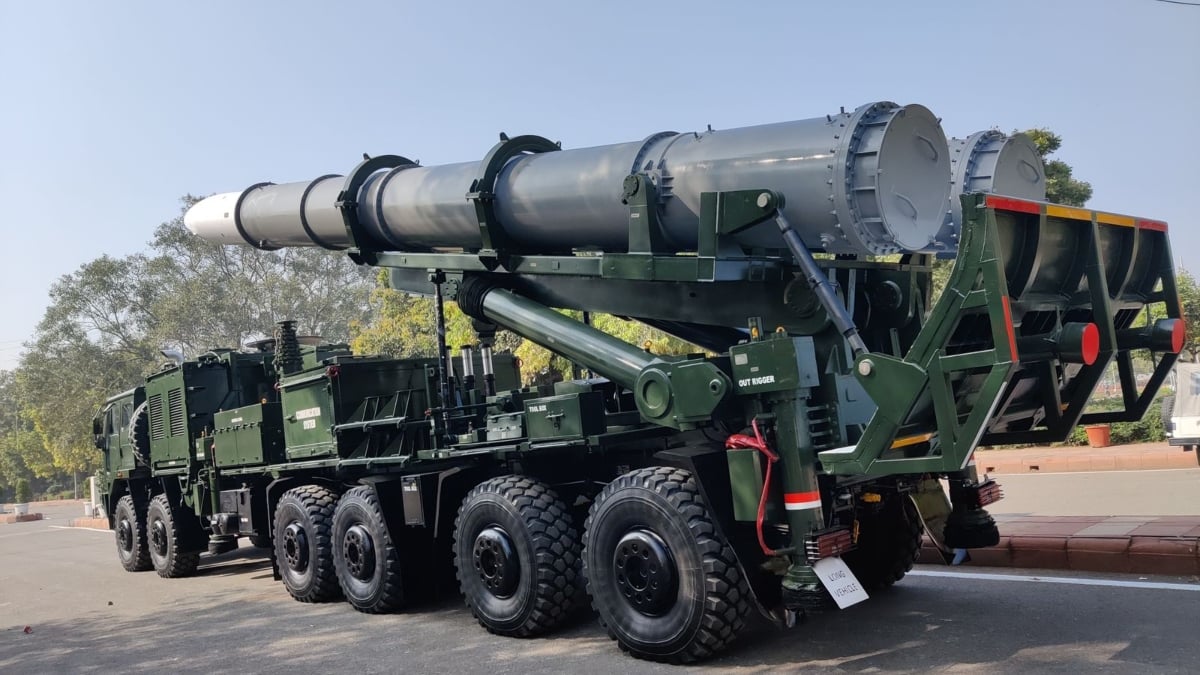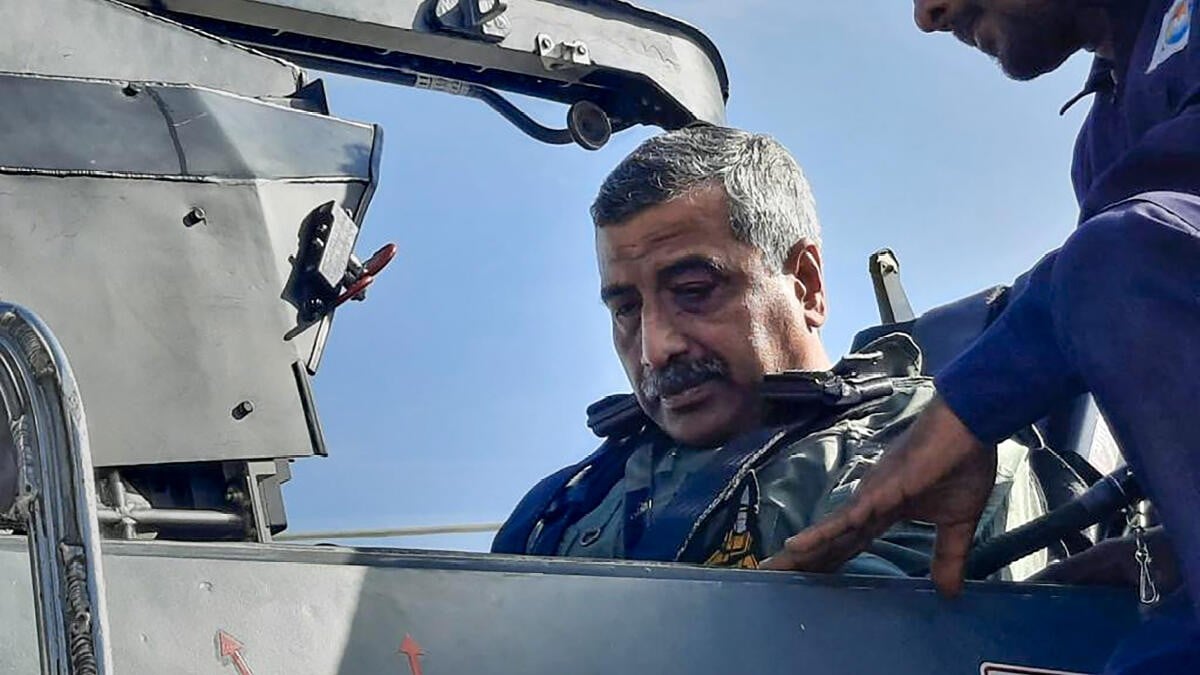How to Pass Para SF Probation: The Deadliest Military Test in India
The Para Special Forces (SF) probation is renowned as one of the most grueling military selection processes in the world,…
Indian Army Floats RFP for 30 Passive Surveillance Suite & Detection Systems Under Buy (Indian) Category
Indian Army seeks indigenous Passive Surveillance Systems to enhance electronic warfare, tracking, and defence readiness.
Philippines Keen to Acquire India’s Pralay Ballistic Missile After BrahMos Deal
Manila eyes advanced land-based deterrence as New Delhi’s defence exports gain traction globally, with Armenia also showing strong interest.
SSC Tech 65 and SSCW Tech 36 Merit List Indian Army
Both courses are avenues for young men and women to serve the nation as officers in the Indian Army.
Air Marshal Ashutosh Dixit to Represent India at Chiefs of Defence Conference in Thailand
The three-day forum will focus on maritime security, counter-terrorism, cyber resilience, and regional cooperation in the Indo-Pacific.
Chandigarh Conman Posing as Army Major Arrested After Years of Deception
Ganesh Bhatt duped victims of over ₹60 lakh, posed as decorated officer with police backing.






